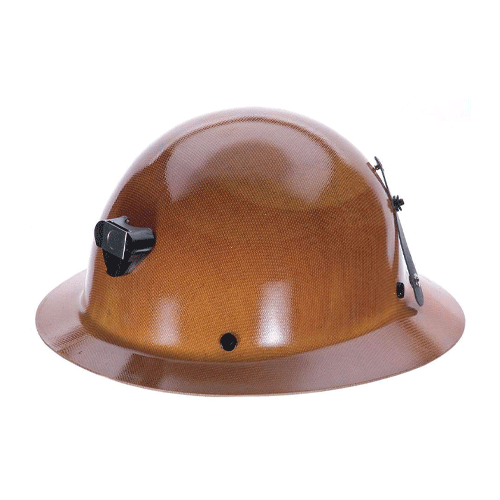Safety Helmets with Enhanced Ventilation Features for Improved Comfort and Protection
The Importance of Ventilation in Safety Helmets
In various industries, safety helmets are crucial personal protective equipment (PPE) designed to protect the head from injuries. However, with extended use in challenging environmental conditions, the significance of ventilation in these helmets becomes increasingly apparent. Proper ventilation not only enhances comfort but also plays a vital role in ensuring worker safety and performance.
Understanding Ventilation in Safety Helmets
Ventilation refers to the movement of air within an enclosure. In the context of safety helmets, effective ventilation allows for the exchange of stale, warm air inside the helmet with fresh, cooler air from the outside. This process helps in regulating temperature and reducing humidity within the helmet, ultimately contributing to the wearer’s comfort.
The Need for Ventilation
During physical labor, particularly in hot or high-energy environments, sweat production can increase significantly. Without appropriate ventilation, sweat can accumulate, leading to discomfort and impaired performance. A poorly ventilated helmet can become hot and stuffy, causing distractions and fatigue, which can directly impact a worker’s focus and efficiency. Furthermore, excessive heat can lead to heat-related illnesses, such as heat exhaustion or heat stroke, making effective temperature control through ventilation essential.
Advantages of Ventilated Safety Helmets
1. Enhanced Comfort Properly ventilated helmets can significantly improve comfort levels for workers, especially in warm conditions. This, in turn, can lead to better concentration and productivity.
2. Increased Safety A comfortable worker is more likely to remain attentive to their tasks. By preventing heat stress and fatigue, ventilation helps reduce the risk of accidents caused by lapses in focus due to discomfort.
ventilation safety helmet

3. Humidity Control Adequate ventilation helps minimize humidity inside the helmet, thereby reducing the likelihood of fogging on face shields and goggles. This is particularly important in environments where clear visibility is critical for safety.
4. Health Benefits Reducing heat stress through efficient ventilation can mitigate the risks of heat-related illnesses while promoting overall well-being among workers.
Design Considerations for Ventilated Helmets
When designing safety helmets, manufacturers take several factors into account to ensure effective ventilation. Key features may include strategically placed vents, adjustable airflow systems, and moisture-wicking liners that draw sweat away from the skin. Furthermore, materials used in the helmet construction can also impact ventilation; lightweight and breathable materials enhance airflow, contributing to the overall comfort.
Another consideration is the balance between ventilation and protection. Safety helmets must meet stringent safety standards while providing adequate airflow. The design must ensure that ventilation does not compromise structural integrity or protection against impacts or falling objects.
Conclusion
Ventilation in safety helmets is a critical aspect that should not be overlooked. It enhances comfort, increases safety, and promotes the overall health of workers, especially in demanding environments. As industries continue to prioritize worker safety, the integration of advanced ventilation systems in helmet designs will likely become standard practice.
By understanding the importance of ventilation in safety helmets and advocating for products that prioritize this feature, workers can enjoy a safer and more comfortable working experience. Employers, too, should consider the implications of helmet ventilation in their safety programs, ensuring that their workforce is equipped with helmets that enhance both safety and comfort in the workplace. In the end, a well-ventilated safety helmet is not just an accessory; it is an essential component of effective personal protective equipment.
-
Wholesale Safety Helmets - Cheap OEM Supplier China Manufacturer
NewsMay.30,2025
-
Top Safety Helmet Manufacturers in Japan - Durable & Certified
NewsMay.30,2025
-
Affordable 3M Safety Helmets in Pakistan Bulk Pricing & Factory Deals
NewsMay.30,2025
-
Affordable HDPE & EN397 Hard Hats - Safety Certified, Bulk Deals
NewsMay.29,2025
-
FDA-Compliant Food Safety Clothing Suppliers Health Dept Approved
NewsMay.29,2025
-
adidas safety clothing
NewsMar.07,2025
